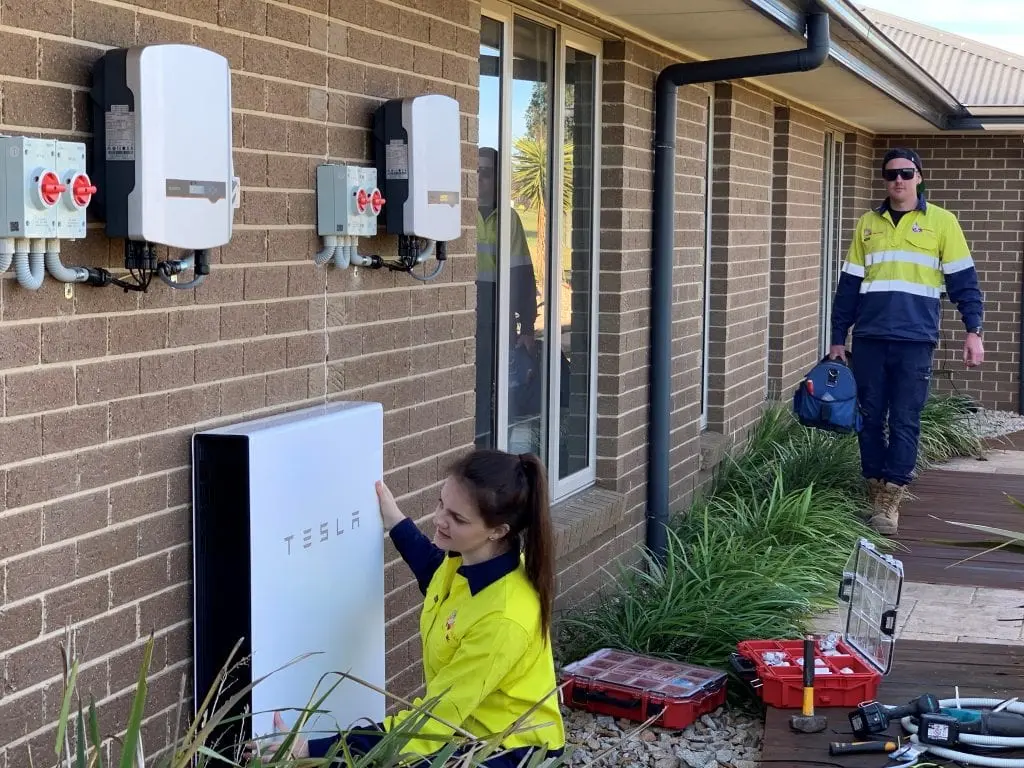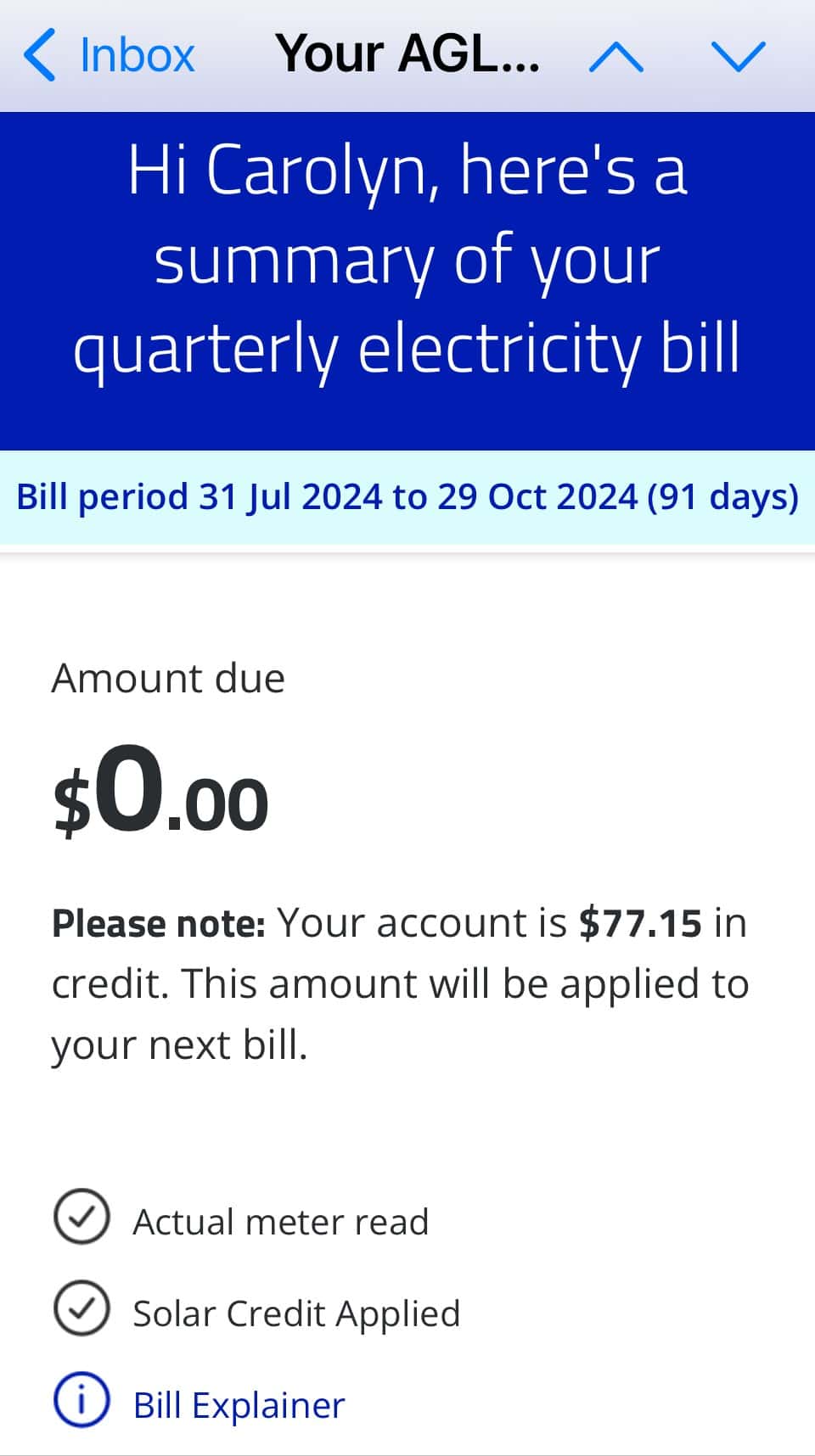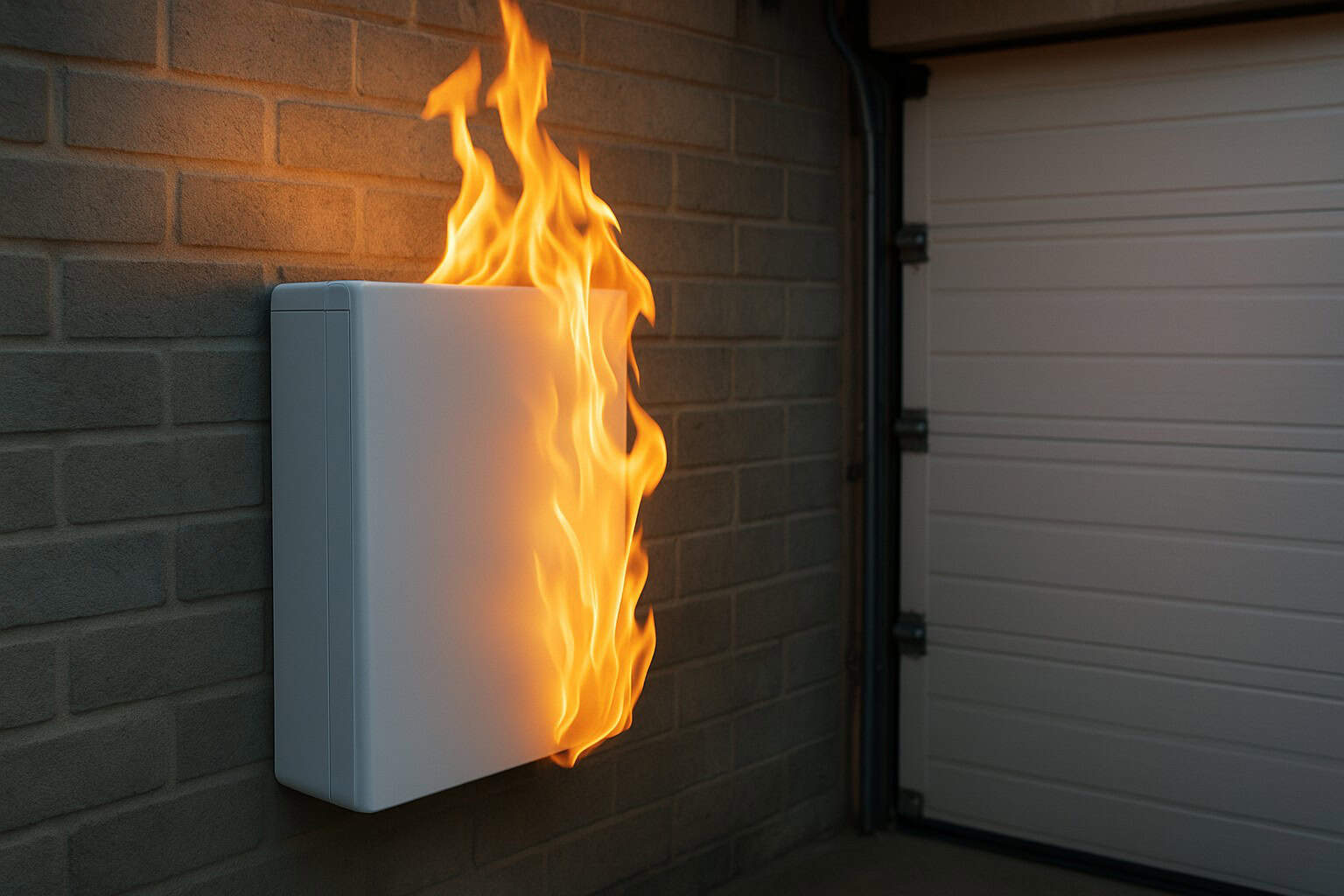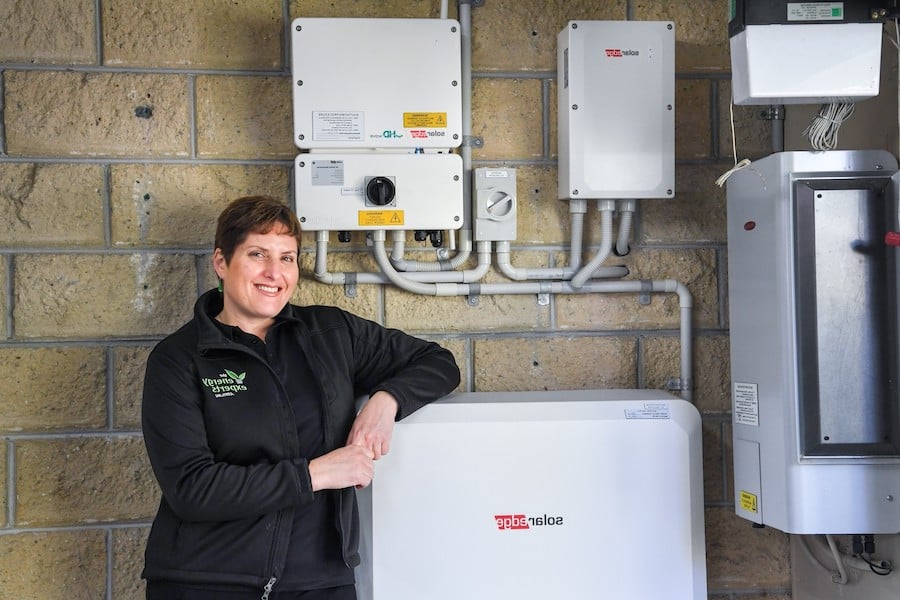
Solar: the cheapest energy you’ll never pay for again
Let’s run the numbers. Suppose your household electricity bill is $200 per month; you’d pay $2,400 over 12 months. Over 25 years (that’s the warranty period of most solar PV systems), you would spend $60,000 to keep the lights on.
But here’s the kicker: that $60,000 assumes prices stay flat. They won’t. Electricity prices in Australia are some of the most expensive in the world, with households currently paying between 24 and 43 cents per kilowatt-hour (kWh). The Australian Energy Regulator expects them to climb another 5.1% to 8.8% by mid-2026. That means you could be looking at paying $114 – $200/year more in 12 months’ time; not to mention price rises beyond 2026.
Using the same electricity costs in our hypothetical example, let’s assume prices increase by a conservative 4% per year. Your energy spend over 25 years could balloon to nearly $100,000. And that’s before factoring in inflation. That’s the cost of doing nothing.
Installing a high-performance solar storage system, on the other hand, provides long-term savings, energy independence and peace of mind. That’s because a correctly-sized solar energy system can cover most of your household’s daytime electricity usage, with little to no need for power from the grid.
Batteries: amplify your savings and beat the peak
Adding a battery to your system further improves your savings. Batteries let you store excess solar energy generated during the day and use it when the sun’s not shining, which is when grid power is most expensive – typically in the evenings.
While the initial outlay is higher, a battery storage system helps you get the most use out of your solar power system and can significantly reduce your reliance on the grid. With solar and batteries, you’re effectively producing and using your own free power 24/7.

Connect to a VPP and save even more
By joining a Virtual Power Plant (VPP), you can shorten your battery’s payback period by approximately 20%. You do this by allowing some of the solar energy stored in your batteries to be discharged to the grid when demand is high and electricity prices are expensive. The VPP software identifies how much power your household typically consumes during these peak energy events and leaves you with enough, so you’re not left short during the expensive periods. The software can even charge your batteries with cheap or free energy when there’s lots available in the grid. All this is done automatically, without you having to lift a finger.
You’ll receive a credit in return for allowing your battery to be occasionally discharged, making your investment in solar & batteries even more worthwhile.
Rebates make solar panel and battery storage purchases more affordable
The Federal government currently offers solar and battery rebates to help lower the cost of systems. The rebates cover the bulk of your panel costs and around 30% of battery costs.
However, these incentives are time-sensitive. Every year on 1 January, solar panel rebates reduce by 7% and will be phased out entirely by 2030. And the $2.3 billion allocated to the Federal government battery rebate is expected to be depleted by July 2026, based on current uptake.
Waiting too long means missing out on thousands of dollars in government subsidies.
Green loans increase access to residential solar and battery systems
If you aren’t in a position to pay cash for a home solar and battery storage system, financing is available with a low-interest Green Loan. Because interest on these loans is low, the savings you gain from your solar & battery storage system could offset your loan repayments, potentially covering most, or even all, of your monthly repayments.
What can you expect to pay for a solar energy system?
The price of a solar system package varies, depending on the capacity. For an average Australian home that consumes around 15-25 kWh per day, a 6.6kW system is usually sufficient, but many households are now installing larger solar power systems to be able to consistently fill decent size battery storage systems. Superior quality systems cost a bit more, but they’re much more efficient and have a longer lifespan than cheaper brands.















